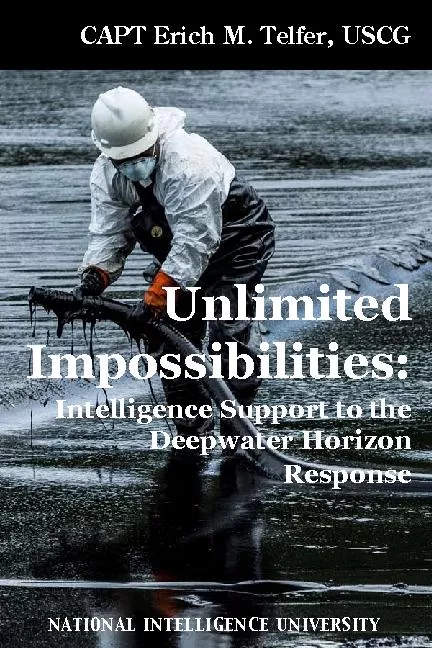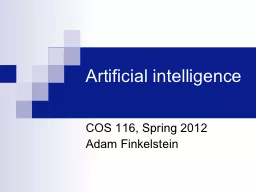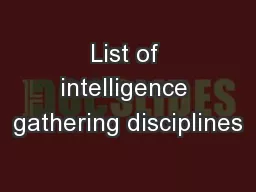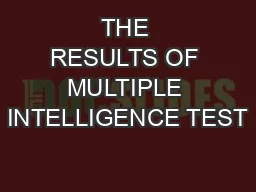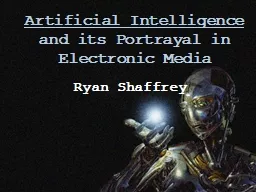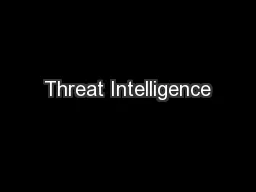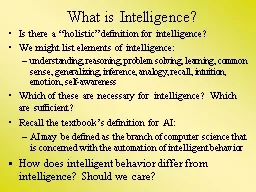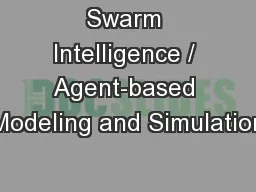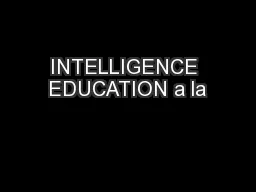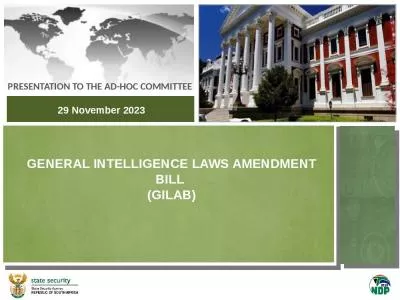PDF-NATIONAL INTELLIGENCE UNIVERSITY
Author : olivia-moreira | Published Date : 2016-06-14
NIPress CAPT Erich M Telfer USCG 147e role of intelligence in support of natural disaster and other nonmilitary activities is an underresearched area of inquiry
Presentation Embed Code
Download Presentation
Download Presentation The PPT/PDF document "NATIONAL INTELLIGENCE UNIVERSITY" is the property of its rightful owner. Permission is granted to download and print the materials on this website for personal, non-commercial use only, and to display it on your personal computer provided you do not modify the materials and that you retain all copyright notices contained in the materials. By downloading content from our website, you accept the terms of this agreement.
NATIONAL INTELLIGENCE UNIVERSITY: Transcript
Download Rules Of Document
"NATIONAL INTELLIGENCE UNIVERSITY"The content belongs to its owner. You may download and print it for personal use, without modification, and keep all copyright notices. By downloading, you agree to these terms.
Related Documents

